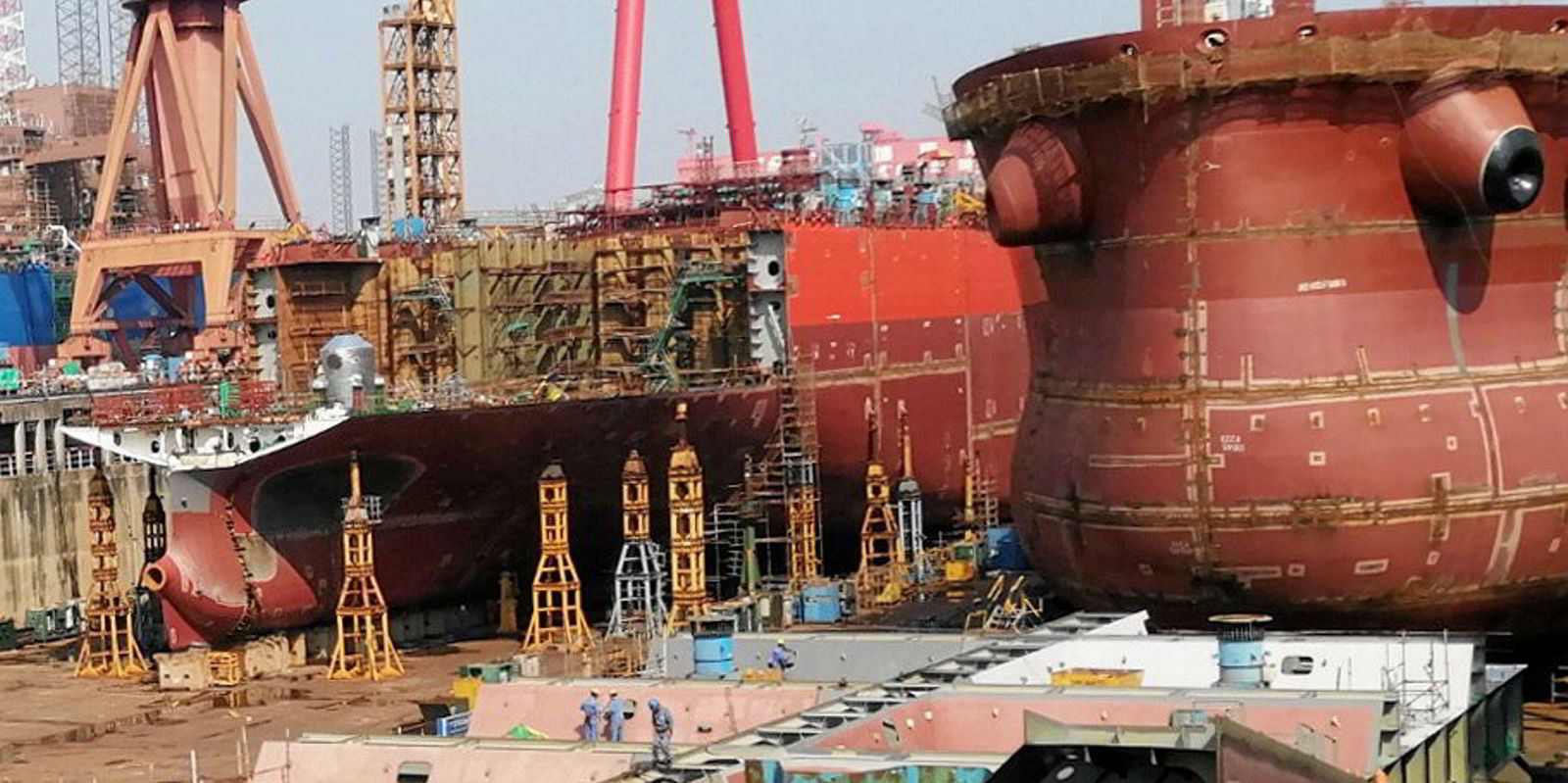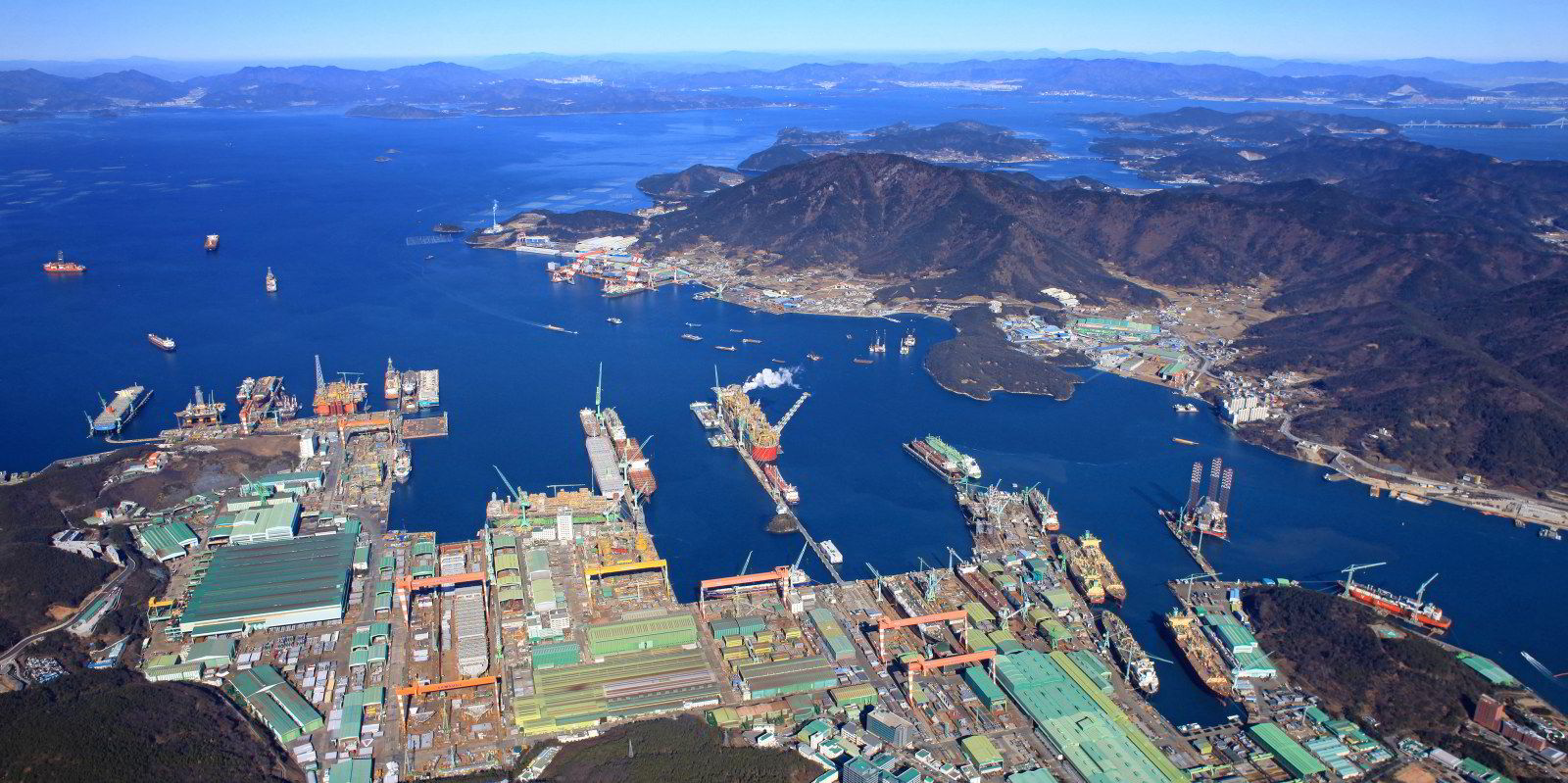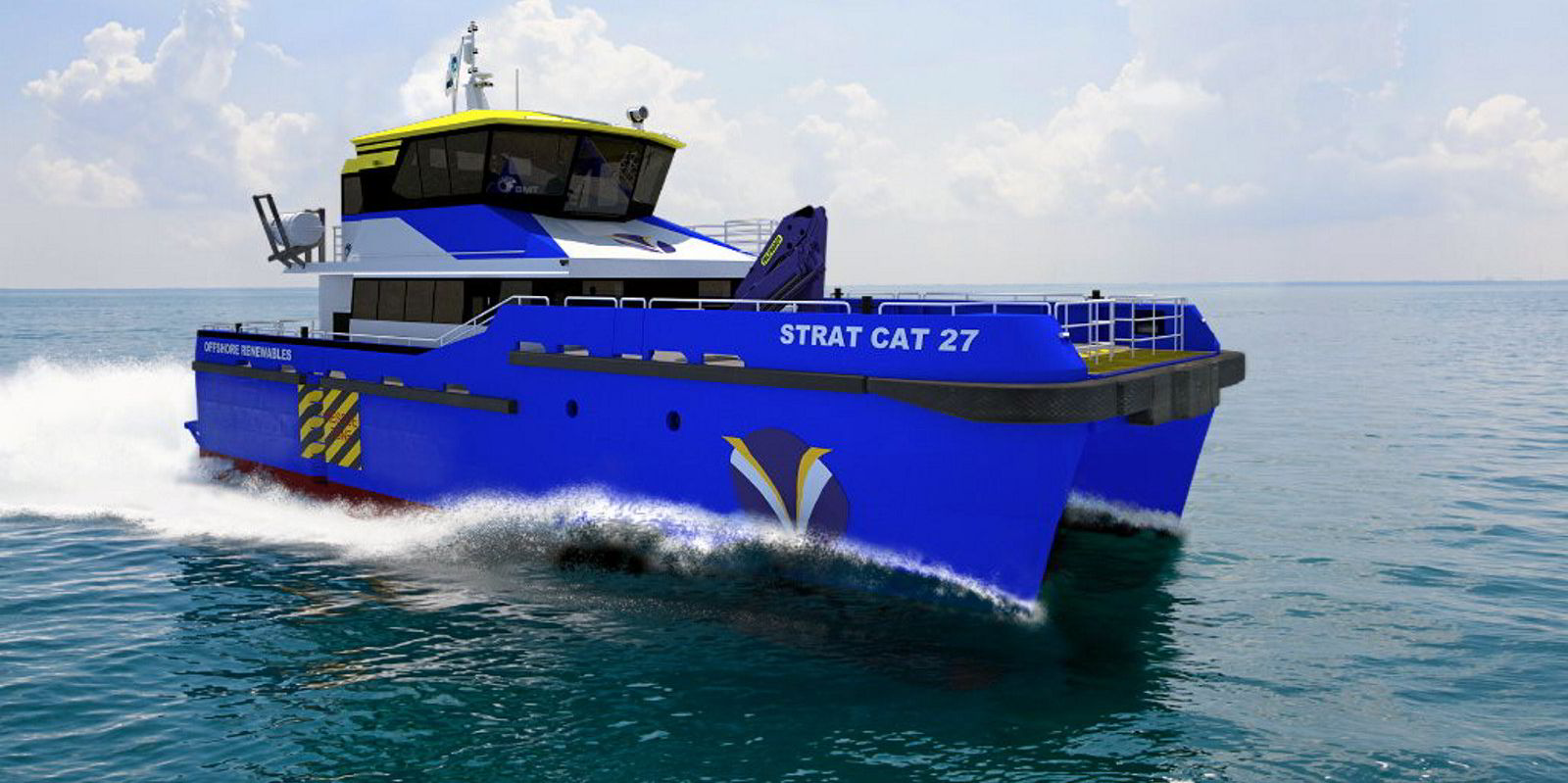Shipowners have contracted twice as many new vessels so far this year compared to 2020, driving prices up steeply.
Clarksons Research data shows 1,259 orders placed with shipyards to 30 September.
These represent 98.1m dwt of new capacity, up 99% from 2020, while the deals total 37.5m in cgt terms, a jump of 121% from the same period last year.
In September alone, 116 vessels of all types were contracted, with a capacity of 6.5m dwt.
The research of arm of UK shipbroker Clarksons had already revealed earlier in October that boxship orders had reached 470 vessels of a combined 3.9m teu as of 30 September, the highest ever at this point in a calendar year.
Of these, 57 units of 700,000 teu are set to be LNG dual-fuel capable, while nine ships of 100,000 teu will be able to run on methanol.
Tanker orders slowed up in September
September saw only five tankers of a combined 62,300 dwt ordered in continued weak markets.
This brings the year-to-date total to 196 vessels of 19.2m dwt, including deals for 15 LNG dual-fuel VLCCs.
In the bulk carrier sector, 287 vessels of 26.9m dwt have been added to the orderbook so far this year — up 59% from 2020.
This newbuilding interest, combined with rising steel prices, means ship prices are on the up.
The Clarksons newbuilding price index stood at 149 points at the end of September, rising to 150 points in early October, its highest level since the first half of 2009.
The guide price for a 23,000-teu containership is $182m, up 28% year on year.
A 15,000-teu vessel now costs $150m — a rise of 42% since January.
Capesizes are now 30% more expensive

Clarksons Research said a 180,000-dwt capesize bulker is up by 30% at $60.25m, while a 38,000-dwt handysize has become $6m more expensive at $29m.
LNG carriers have seen costs jump too, with a 174,000-cbm unit now costing $16m more at $202m.
Yards now have 3,190 ships of a combined 199.6m dwt on their books.
This is equivalent to 9.2% of the fleet and represents a rise of 15% over 2020, but this is still a relatively low level compared to previous order booms.
LPG carrier sector faces high delivery levels
But strong ordering in the LPG carrier sector has left the figure at 23.5% of fleet capacity for this vessel type, up from 14.3% as of the end of 2020.
The bulker orderbook has actually shrunk by 8% in a subdued year of ordering in comparison to other sectors.
The total of 693 vessels of 60.8m dwt represents 6.5% of fleet capacity — the lowest level for 30 years.
Clarksons Research forecasts the operational world fleet will grow 3.1% over the whole of 2021, up slightly from an increase of 2.8% in 2020.
Recycling activity has remained limited this year, with just 497 vessels of a combined 18.5m dwt reported sold for demolition so far.






